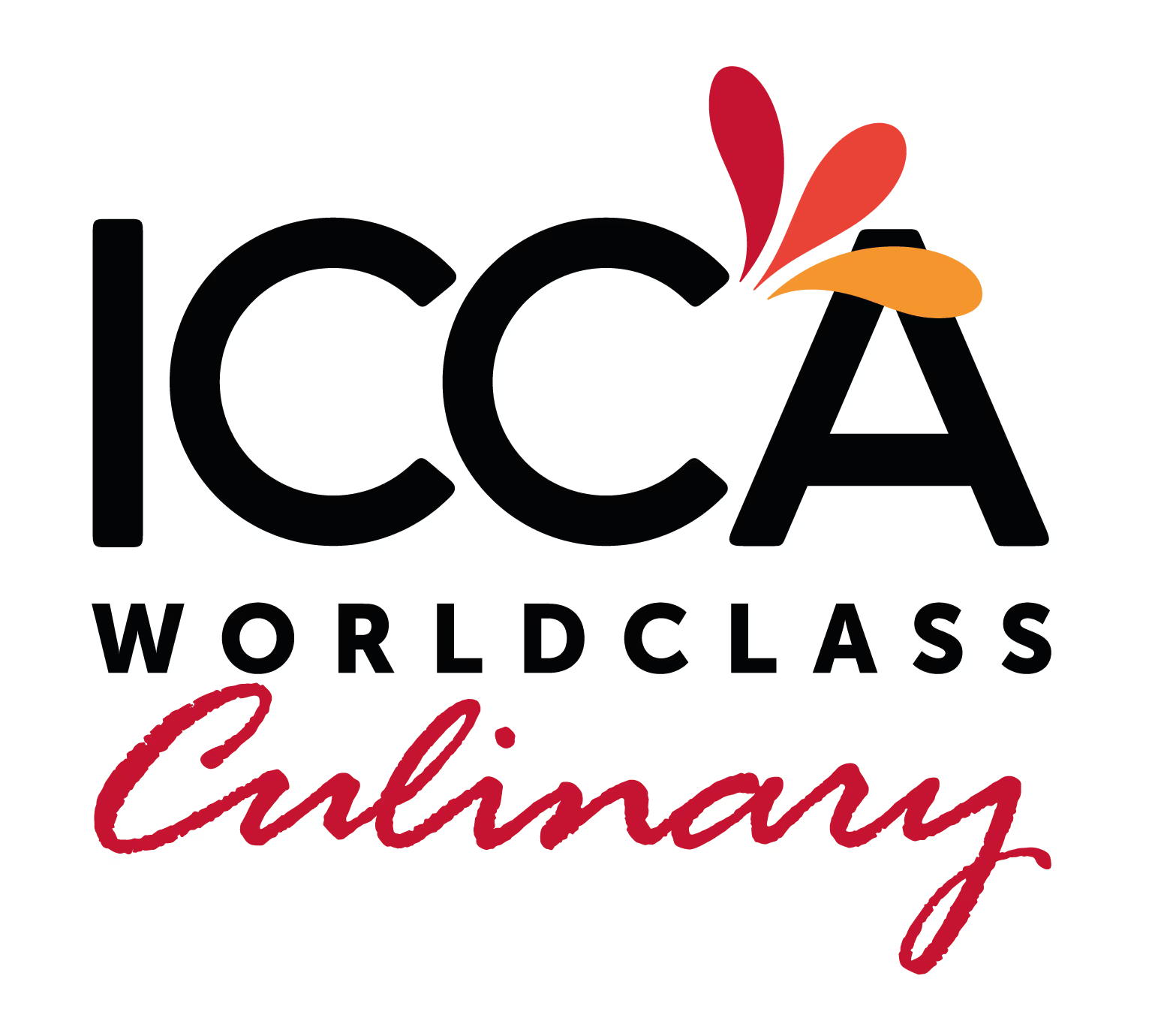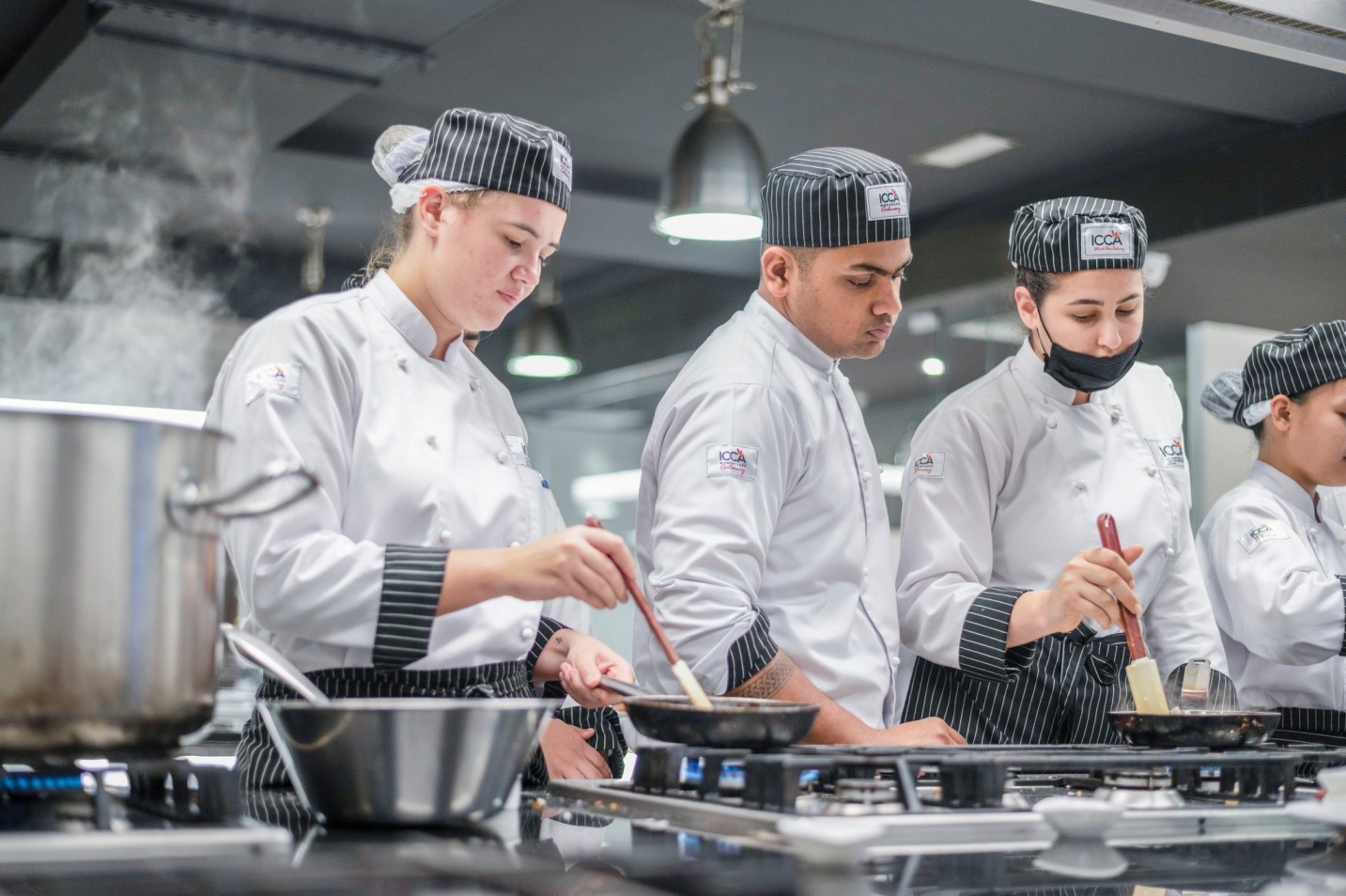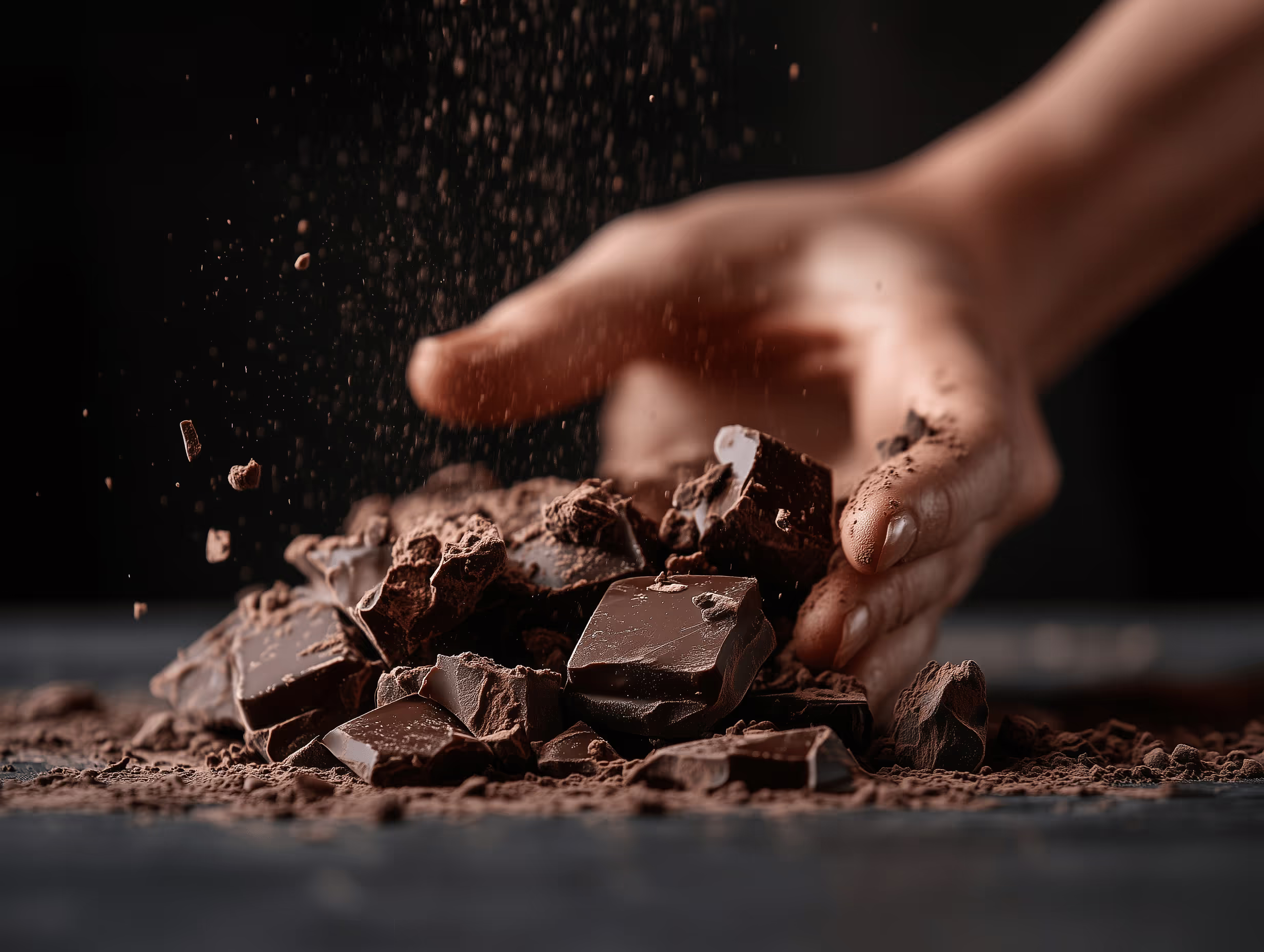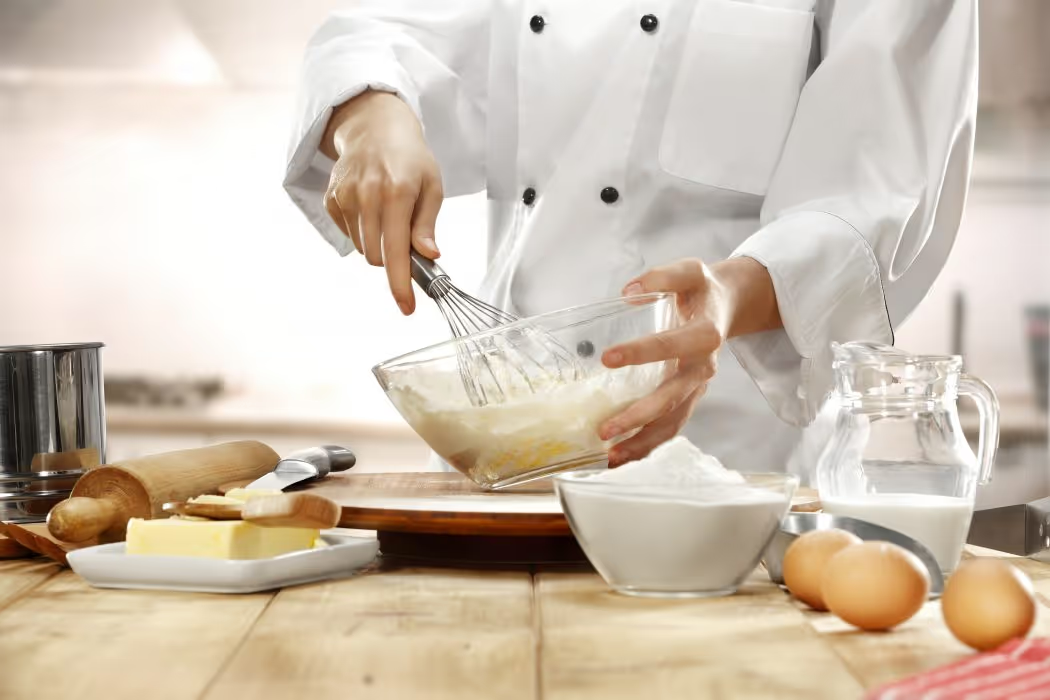Ever wondered why chefs always wear white? From the crisp double-breasted jacket to the towering toque, every part of a chef's uniform tells a story. It's a blend of history, hygiene, symbolism, and practicality, all wrapped in one uniform. The answer lies in centuries of culinary evolution, professional pride, and a little French flair. In this blog, we’ll uncover the surprising reasons behind the chef’s classic look, where it started, and why it still matters today—even in the trendiest modern restaurants. You're about to see the chef’s white uniform in a whole new light.
1. The Origins of the Chef Uniform
The roots of the traditional chef uniform trace back to the 19th century, when kitchens began to evolve from chaotic, behind-the-scenes workspaces into respected culinary environments. One of the most influential figures in this transformation was Marie-Antoine Carême, a French chef often credited as one of the founders of haute cuisine.
Carême believed that chefs, much like military officers or doctors, should carry themselves with professionalism—and that meant dressing the part. He introduced the idea of wearing a white uniform as a symbol of cleanliness, discipline, and expertise. The style caught on quickly, especially as fine dining began to grow in popularity across Europe.
2. Why White? The Symbolism and Practicality
There are practical and symbolic reasons behind the color choice:
- Cleanliness: White shows stains clearly, which encourages frequent washing and a focus on hygiene—an essential standard in any professional kitchen.
- Heat Reflection: Kitchens are hot. White reflects heat better than dark colors, keeping chefs a bit cooler during long hours at the stove.
- Symbolism: White is traditionally associated with purity, order, and discipline. In the culinary world, it also reflects mastery and professionalism—a visual cue that a chef takes pride in their craft.
3. The Anatomy of the Classic Chef Uniform
The classic chef’s uniform is carefully designed with function, formality, and safety in mind. Here's what it includes:
- Chef Jacket (Double-Breasted): If a spill happens, chefs can reverse the jacket to present a clean front during service.
- Toque Blanche (Chef Hat): The tall, pleated hat—known as the toque—dates back to the 16th century. It was popularized in the 1800s and became a symbol of rank in the kitchen. Some traditions even say the number of pleats represents the number of techniques or recipes a chef has mastered.
- Apron: Protects the chef’s uniform from spills and provides a quick place to wipe hands.
Together, this uniform enforces a standardized chef dress code that communicates structure and respect for the culinary profession.
4. Hygiene and Safety in the Kitchen
In professional kitchens, cleanliness isn’t optional, it’s a requirement. That’s why white uniforms are more than just symbolic. They actually help maintain hygiene standards.
- Material Matters: Traditional chef coats are made from thick cotton, which can help protect the skin from hot splashes or minor burns.
- Health Compliance: Many hotels enforce a strict uniform policy in line with international food safety standards.
Uniforms also help set the tone of a professional, orderly kitchen where everyone plays their part.
5. Modern Twists on a Classic Look
In recent years, many hotels have started to experiment with modern chef uniforms. You’ll now see chefs wearing black, grey, navy, or even custom embroidered coats. So why the shift?
- Branding & Identity: Modern restaurants often want their chefs' attire to align with the restaurant’s visual style or brand personality.
- Practicality: Darker colors hide stains better during long service hours.
- Comfort & Fabric Innovation: Stretch materials, breathable fabrics, and custom fits have made today's uniforms more functional than ever.
Still, even in the most innovative kitchens, the traditional white uniform remains the gold standard in many fine dining and formal settings. It represents a connection to culinary tradition and classical training.
6. Chef Uniforms and Culinary Education
One place where chef whites remain non-negotiable is in culinary schools. That’s because the uniform is part of the training experience.
- Discipline: Wearing a clean, pressed uniform every day instills habits that are crucial in a professional kitchen.
- Hierarchy: Uniforms reflect ranks, helping students understand the brigade system and kitchen structure.
From day one, students are taught that presentation matters—not just on the plate, but in how they carry themselves.
A chef’s uniform is more than attire, it’s a daily commitment to high standards, a daily reminder of the care and attention to detail that great cooking demands. At ICCA, it’s a reflection of the discipline, precision, and professionalism that shape every chef’s journey. After all, wearing the uniform isn’t just about the looking part—it’s about growing into it.
While it might seem old-fashioned at first glance, the white chef’s uniform is anything but random. It's a symbol of centuries of culinary craft, a practical tool for maintaining hygiene and safety, and a badge of honor worn by chefs who take their profession seriously. So, the next time you see a chef in crisp whites, you’ll know they’re not just dressing the part—they're living a tradition built on skill, discipline, and pride.







